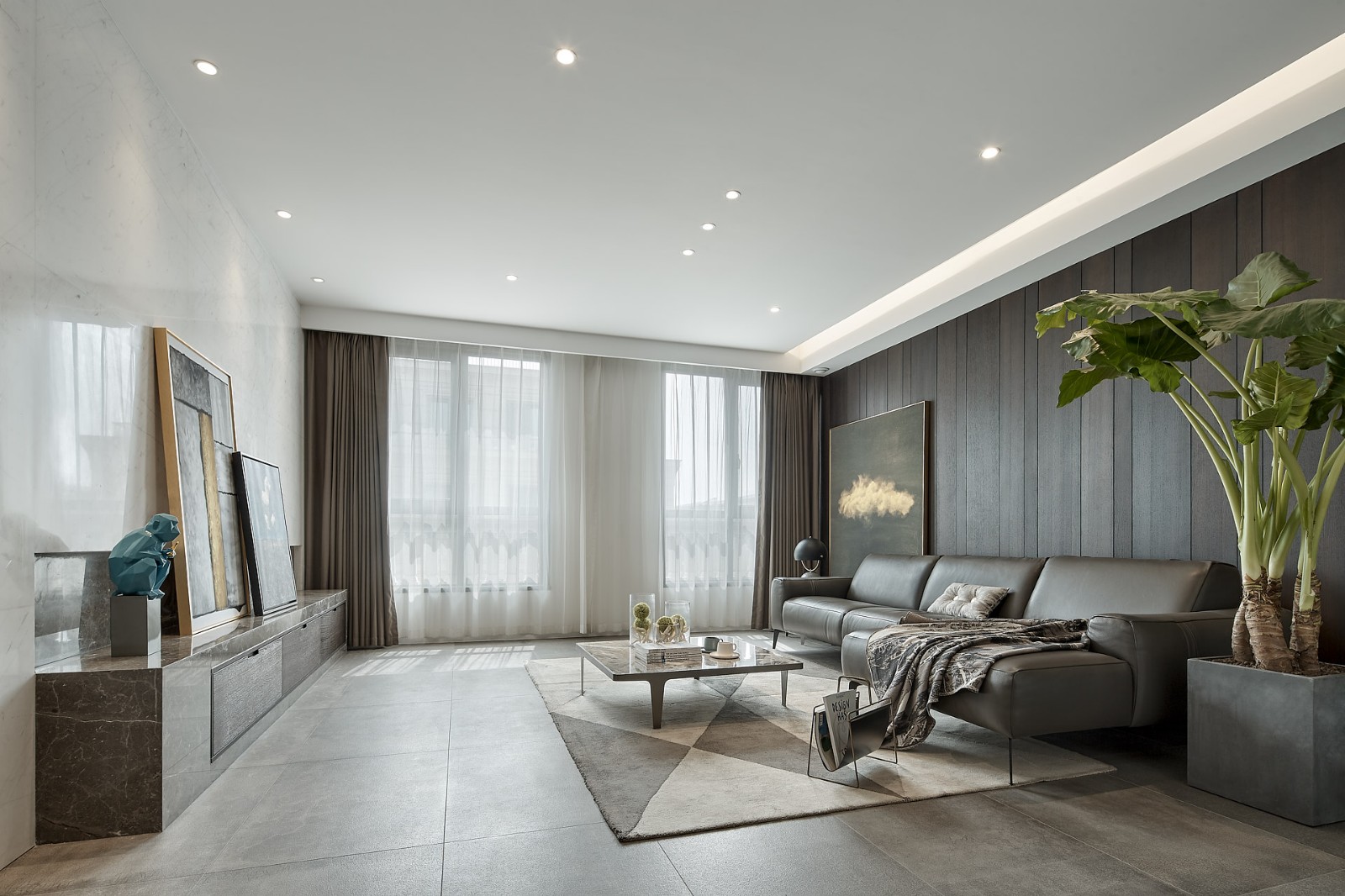Cosmic UID
2014-07-17 01:00
© Hiroshi Ueda
(C)上田浩史(Hiroshi Ueda)
hiroshi_ueda-uid-14.jpg)

架构师提供的文本描述。居住是把自己放在一个互动的环境领域,围绕着人类和其他生物。那里展开了各种生物为生存而投入的活动。这一领域的进一步扩大必将导致我们将整个环境视为一种居所,因为它从城市延伸到森林和海洋,最后从地球延伸到外层空间。人类和植物、土地地形或气候条件等不断变化的生物方式都提醒我们,我们的生命中没有任何东西会永远保持不变。我的兴趣在于丰富的空间领域,在日常生活的过程中,你可能会感受到大自然的变化,而这些变化正是地球的心跳。
Text description provided by the architects. Dwelling is to put oneself in an interactive environmental domain that surrounds humans and other living creatures. There unfold various activities to which living creatures engage themselves for survival. Further expansion of such domain will surely lead us to view the totality of environment as a dwelling as it stretches unsegmented from city to forest and sea and finally from the earth into outer space. The ever-changing ways of living things such as humans and plants, land topographies or climatic conditions all remind us that nothing in our would stays the same forever. My interest lies in the rich spatial domain in which one may perceive in the course of daily life such changes of nature that are the very heartbeats of the earth.
uid-axonometric.jpg)

在这个项目中,重点是从与周围自然环境的相互作用中得出的边界关系,该地点坐落在现场的一座小山上。它不是利用墙壁/屋顶元素在地形或气候中聚集一大群空间,而是涉及一个由遮挡阳光和月光的云层所产生的区域。换句话说,这种无边界的无限扩张的总体,是以建筑原理为基础的,同时它在拓扑和气候条件下产生了一个特定的域。虽然云彩层层重叠,但透过山峰穿透山谷的光线的曝光和深度将大气中的空隙定义为居住场所的一个领域。
In this project the focus in on the relationship of border derived from mutual interaction with natural environment that surrounds this site sitting on a hill in site. Instead of gathering up a crowd of spaces within the topography or climate by making use of wall/roof elements, it rather involves a domain generated by screens like clouds that shield sunlight and moonlight. In other words this infinitely expansive totality with no boundaries bases itself on the principles of architecture while it generates a certain domain within topological and climatic conditions. While wisps of clouds overlap in layers, exposure and depth of light penetrating through mountain peaks into the valley define the atmospheric void as a domain for a place of living.
© Hiroshi Ueda
(C)上田浩史(Hiroshi Ueda)
hiroshi_ueda-uid-08.jpg)

这些从东向西流动的屏风不仅作为屋檐在夏季遮挡直接的阳光,而且与微妙的光色调一起充当成分,在风中摇摆,在大气中摇摆,自然的声音和气味,以及物理的距离感,突出了四季间空间域的多样性。屏幕产生的点的状态成为通过各种行动来解释地形的生活场所,而不是一个特定功能的空间。建筑就像一个村庄,因为它打破了自然关系界定的边界,也像山脊与其层层的山峰。随着不断变化的轮廓,它将继续模糊的景观。
These screens that flow from east to west not only work as eaves that shield direct sunlight during summer but also serve as constituents along with subtle light tones, sway in the wind, atmospheric condition, nature’s sounds and scents and physical sense of distance that highlight the diversity of spatial domains through the seasons. The state of the spot generated by screens becomes the place of living that paraphrases the topography through various actions, rather than being a space specialized in particular functions. The architecture is like a village as it breaks free from borders defined by natural relationship , and is also like a mountain ridge with its layers of mountain peaks. With an ever transforming outline, it will continue to blur into the landscape.
uid-sectional_perspective.jpg)



hiroshi_ueda-uid-04.jpg)

hiroshi_ueda-uid-01.jpg)

hiroshi_ueda-uid-06.jpg)

hiroshi_ueda-uid-09.jpg)

hiroshi_ueda-uid-15.jpg)

hiroshi_ueda-uid-14.jpg)

hiroshi_ueda-uid-03.jpg)

hiroshi_ueda-uid-07.jpg)

hiroshi_ueda-uid-02.jpg)

hiroshi_ueda-uid-11.jpg)

uid-01.jpg)

hiroshi_ueda-uid-12.jpg)

hiroshi_ueda-uid-08.jpg)

hiroshi_ueda-uid-10.jpg)

hiroshi_ueda-uid-05.jpg)

uid-axonometric.jpg)

uid-structural_model.jpg)



uid-plan.jpg)

uid-sectional_perspective.jpg)

Architects UID
Location Japan
Category Houses
Architect in Charge Keisuke Maeda
Area 611.0 sqm
Project Year 2014
























